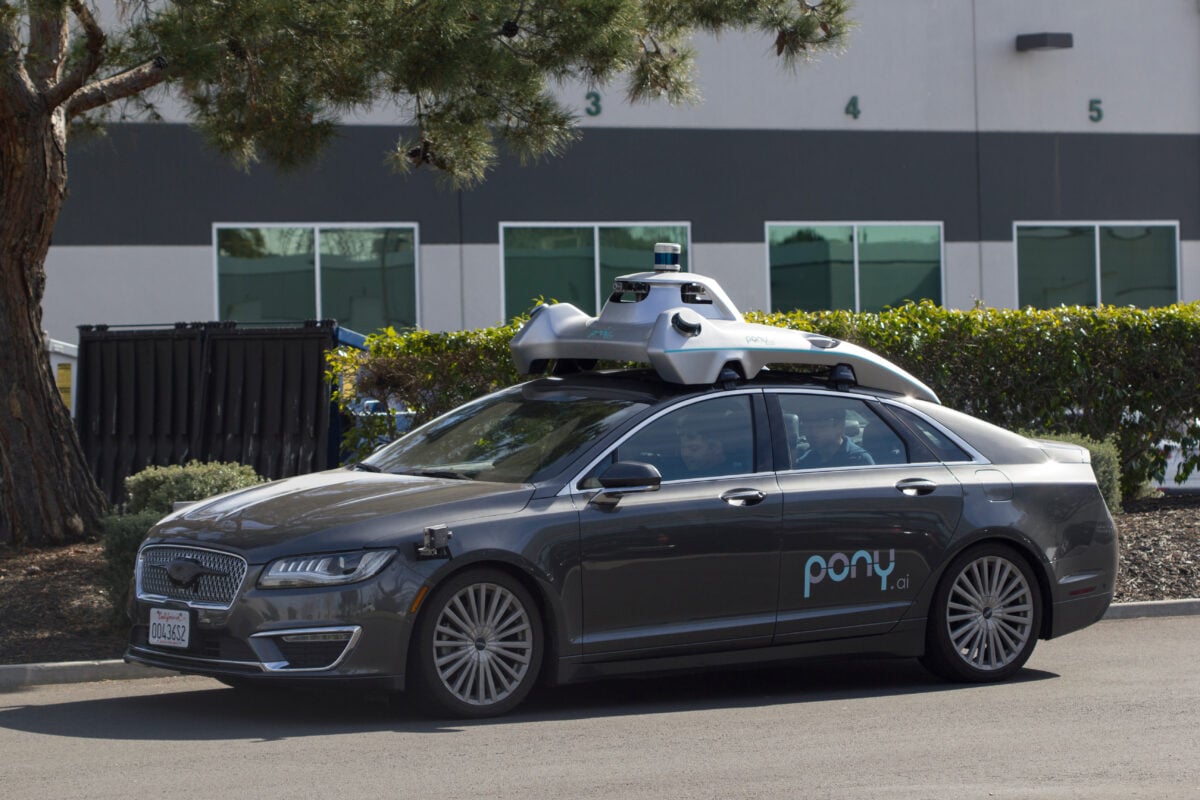TLDRs:
- Pony.ai’s Q2 robotaxi revenue jumps 158% year-on-year, driven by Gen-7 vehicle rollout.
- Company posts $53.3M net loss amid heavy R&D spending to scale operations globally.
- Regulatory hurdles limit robotaxi expansion outside US and China despite growing fleet.
- Shanghai permit allows Pony.ai to operate fully driverless services across four tier-one cities.
Pony.ai is steadily advancing toward its ambitious 2025 target of producing 1,000 robotaxi vehicles, following the recent rollout of over 200 units of its Gen-7 autonomous model in just two months.
The company’s Q2 robotaxi services revenue surged 158% year-on-year, reaching US$1.5 million, signaling growing demand for autonomous mobility solutions.
Despite this revenue growth, the company reported a widened net loss of US$53.3 million in Q2, compared with US$30.9 million in the same period last year. This increase reflects a 69% rise in research and development spending, which climbed to US$49 million as Pony.ai invests heavily in scaling safety protocols, operational efficiency, and vehicle production.
Scaling Challenges Beyond China and US
While revenue gains highlight early market traction, Pony.ai cautions that scaling robotaxi operations outside the US and China remains challenging.
Complex regulatory environments, diverse urban infrastructures, and differing safety requirements limit deployment in most countries. Analysts note that even Waymo, considered a global leader in autonomous ride-hailing, averages just 250,000 rides per week despite over a decade of operations.
This underlines that scaling fleets from “dozens to hundreds” of vehicles is an industry-wide challenge rather than a company-specific issue.
Shanghai Permit Marks Milestone
Last month Pony.ai received approval to operate fully driverless robotaxi services in Shanghai’s Pudong New Area, making it the first company authorized across all four of China’s tier-one cities including Beijing, Shanghai, Guangzhou, and Shenzhen.
Initial operations will cover the Jinqiao and Huamu districts, home to millions of residents, with plans for expansion.
Pudong’s position as a financial and innovation hub allows Pony.ai to test and showcase its autonomous technology under dense urban conditions.
Revenue vs. Market Potential
The surge in revenue, while significant, contrasts with the massive projected market potential for robotaxis.
The global autonomous taxi market is forecasted to reach $135.74 billion by 2032, yet Pony.ai’s Q2 revenue of just $1.5 million highlights the nascent stage of commercial operations.
Current fleet utilization averages only 15 rides per day per vehicle, suggesting significant room for improvement to meet long-term valuation expectations.
Pony.ai’s concentration on China reflects both regulatory support and favorable testing conditions. Other regions, particularly Europe, face fragmented regulations and cautious urban planning that complicate large-scale autonomous vehicle deployment.
Navigating these differences will be critical for Pony.ai’s international expansion, requiring adaptation to local laws, city layouts, and consumer behaviors.
Looking Ahead
As Pony.ai accelerates Gen-7 production, it continues to address both technical and operational hurdles in autonomous mobility.
The company’s strategic focus on China leverages a supportive regulatory environment, while potential expansion into other markets will require careful regulatory navigation.
If it succeeds, Pony.ai could set a precedent for large-scale deployment of fully driverless taxi fleets, demonstrating the viability of autonomous urban mobility at scale.
With strong revenue growth, increasing fleet size, and regulatory breakthroughs, Pony.ai is positioning itself as a frontrunner in the emerging robotaxi market. The coming years will test the company’s ability to convert early technological success into sustainable, profitable operations on a global scale.






